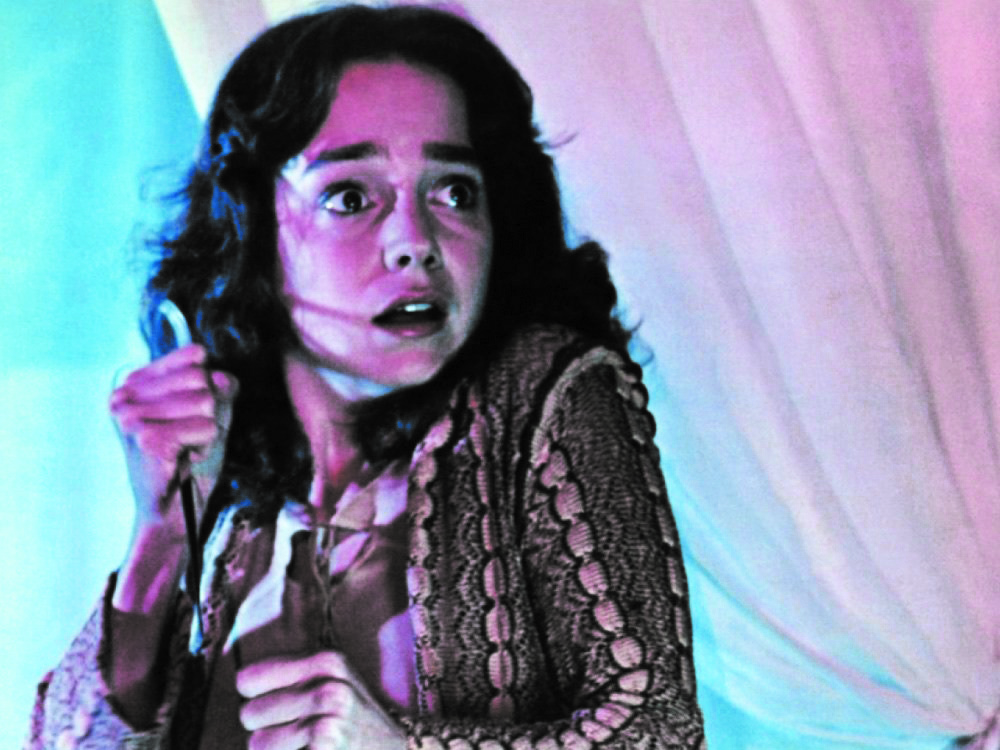In 1977, the Italian supernatural horror movie “Suspiria” graced the screens, changing the way horror movies would be approached and shot. It was the first of a supernatural trilogy by Dario Argento that followed three witch mothers. The conduit for the first mother, Mater Suspirioum, is the story of the American ballet student Suzy Bannon and her arrival in Munich to study dance at an academy.
The first thing you will notice when watching “Suspiria” isn’t the story though, it’s the cinematography, and god will you notice it. The colors practically jump off the screen and play as though they were a moving painting. This is because “Suspiria” was the last film to be shot on the three color Technicolor camera where a dye transfer process was used to enhance the colors of the film.
When watching this movie, you will find yourself captivated at not only the scope of the camera, but also the intricate details of the environments in which the characters operate. Some sequences of the movie are shot with a predominant color in focus. For example, in one sequence Suzy sleeps in an auditorium at the center of the academy with the rest of the girls inside a makeshift bedroom of bed sheets that hang from the ceiling. The colors of this scene are neutral, but when the lights are turned out the lighting transitions to a red demonic glow that dominates the screen for the rest of its duration.
Besides this sequence there are a number of others that are not only excellent, but in many ways perfect. The intro of this film, what I would say is the first 20 minutes, is a celebration of insane lightning, loud atmospheric synth, and bright neon gore that seems as brutal as it is breathtaking.
But what about the important stuff? It’s a horror movie, so how are the kills? The kills are great for the time—and that is what one has to remember. If your definition of horror is loud bass, silence, jump scares, and Vincent D’onofrio telling Ethan Hawke that he has a Bughuul problem via Skype, then this movie probably will not appeal to you. This is an Italian film, specifically a Giallo film, where the only visuals of the killer are the large knife that his gloved hand wields and/or the carnage that he has wrought.
That being noted, you can’t go wrong with any of the kills in this movie—they’re a combination of the best of 70’s slashers and Italian arthouse. One sequence in particular is extremely harrowing, which involves Suzy’s best friend being pursued by a knife-wielding man. The girl hides in a room, only to find it a dead end with one window. The music cuts off and we hear only silence. Then a straight edge razor slowly inches through the crack of the door and begins to fumble with the lock hatch. While the girl tries to escape, we hear only her breathing and the clack of the latch as the killer attempts to get in.
Now with all of these positives there are of course aspects of this movie that are bad. The audio dubbing in particular is one of the worst that you will ever hear. Any of the scenes involving the Academy girls in the locker room are so poorly acted and written that you will begin to question if you are watching a legitimate film. There is also a sequence with a psychiatrist, doctor exposition, that goes on for what feels like five years, when in fact it’s probably three minutes.
If you’re looking for a classic horror movie that’s up there with the Greats, give this a go—especially before you watch the remake which comes out this month. Whatever it’s advertising, believe me, you can’t remake an Argento film.



